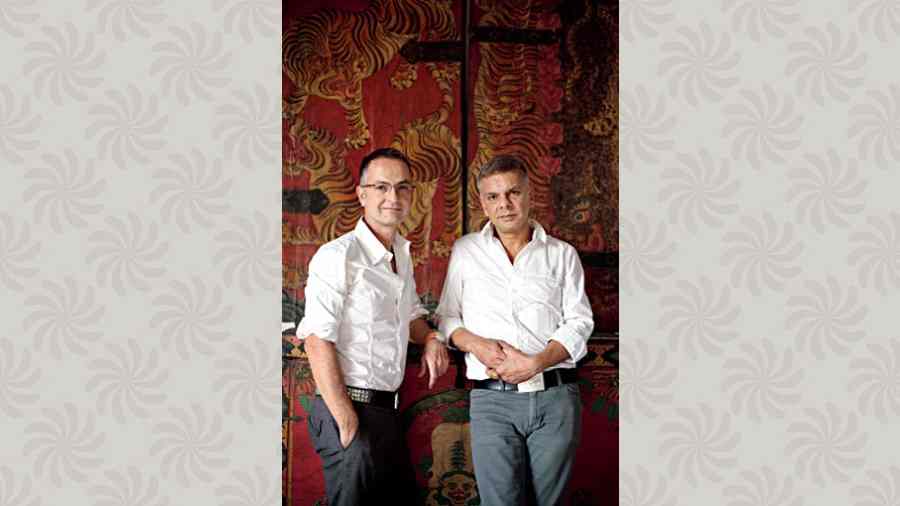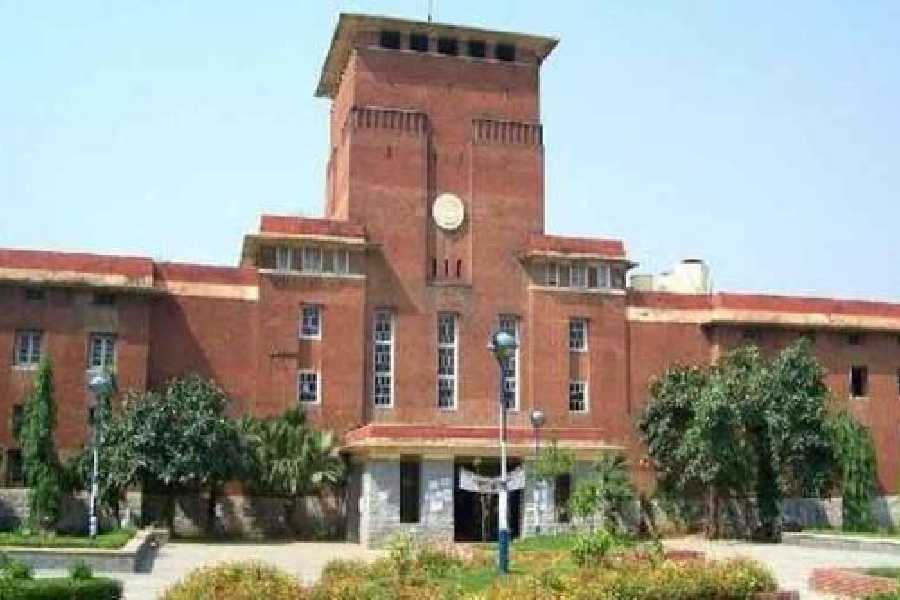Their journey in the world of fashion spans over a mammoth four decades. And, now with The Calais Museum for Lace and Fashion presenting the first retrospective exhibition dedicated to the Lecoanet Hemant fashion house, Hemant Sagar, one half of Lecoanet Hemant, looks back at a memorable journey, with t2.
Congratulations! This must be very fulfilling! What were your first reactions?
Thank you so much. It is a moment of great honour for us that Lecoanet Hemant is the first Indian couture house to be honoured with a retrospective exhibition by The Calais Museum of Lace and Fashion. The exhibition comes with a sense of acknowledgement. To share space with couture icons and be appreciated for our craft and vision by the museum fills us with renewed energy. It has been heart-warming to meet old friends and patrons of the brand. We never really bid goodbye and this retrospective ignites hope for new touchstones.
It is a lookback at your whole journey... it must have been nostalgic to put together…
Indeed. The exhibition provided an opportunity for us to go back to our archive. An archive tells the brand story. For me, preserving Lecoanet Hemant creations has always been crucial. All our endeavours are rooted in the craftsmanship of couture and this exhibition allowed us to share it with the world. To connect all collections from the very beginning to the present day, was a Herculean exercise but a pivotal one to trace the evolution of Lecoanet Hemant, also available for view at the brand’s official YouTube channel.
Looking back, what would you say were the highlights?
It was a different time, a different era in fashion and Didier and I were at the epicentre of it all. The journey of Lecoanet Hemant began in 1981 with our first store in Rue du Faubourg Saint-Honoré. The inaugural collection, in partnership with Cartier Haute Joaillerie, earned us the prestigious membership of Chambre Syndicale de la Couture Parisienne, the governing body of high fashion. The label was an organic reflection of our design philosophy. It was the coming together of our heritage, lived experiences and a common vision for authenticity. The house won the Golden Thimble known as Le de d’or (the Oscar equivalent of Haute Couture), the Swarovski Creation Prize 2005, and the Designer of the Year Award, Miami 2007. Select creations are now in the permanent collection at London’s Victoria and Albert Museum, Deutsches Museum, Berlin, and the Musée des Arts de la Mode, Paris, and now find a home at the prestigious La Cité de la dentelle et de la mode de Calais.
Would you have done anything differently?
This is an interesting question. When one looks back at past decisions, it is natural to self-analyse and learn, but having said that we evolved with the times and broke new ground.
What did the years in Paris teach you?
Paris instilled in us an unwavering standard for quality. From artisanal craftsmanship to the values of the atelier, everything has contributed to our core brand values.
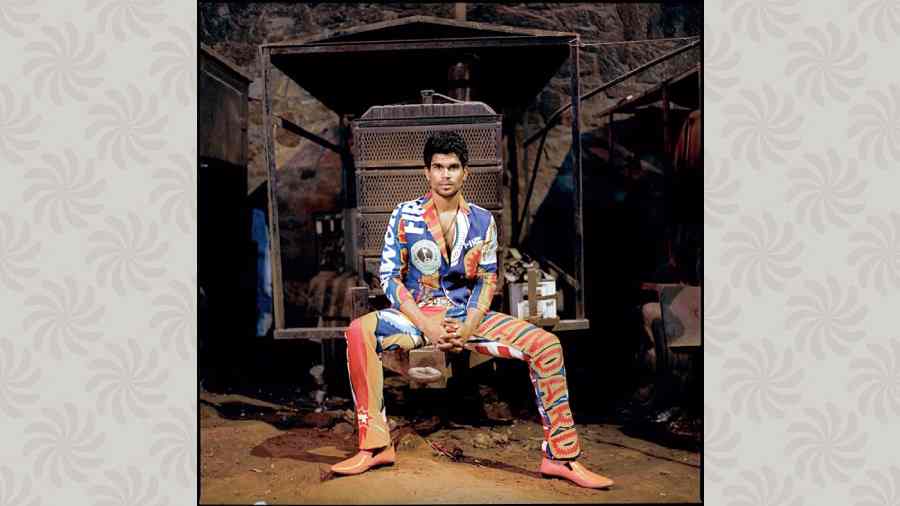
Lecoanet Hemant, Tailleur pantalon Pataka, collection Homme 2006. Picture: Yohan Rousselot
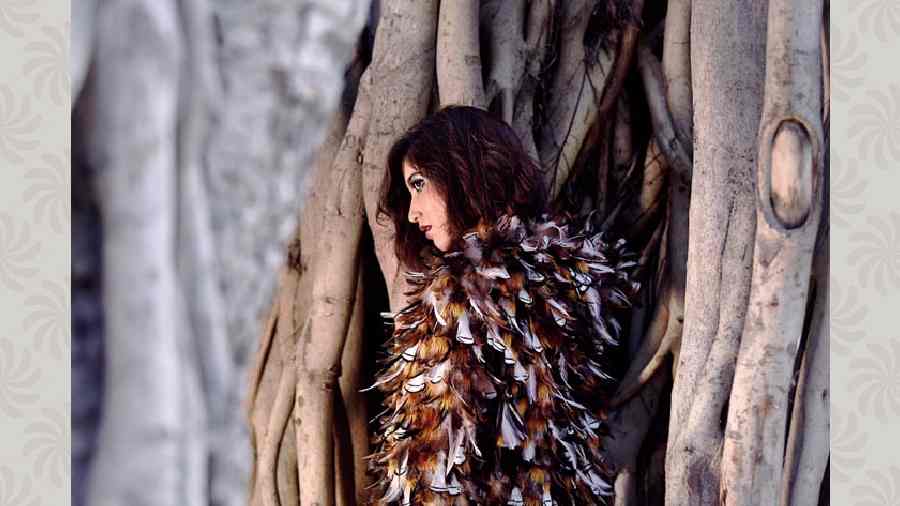
Lecoanet Hemant, Haut en plumes de faisan. Picture: Rahul Arora
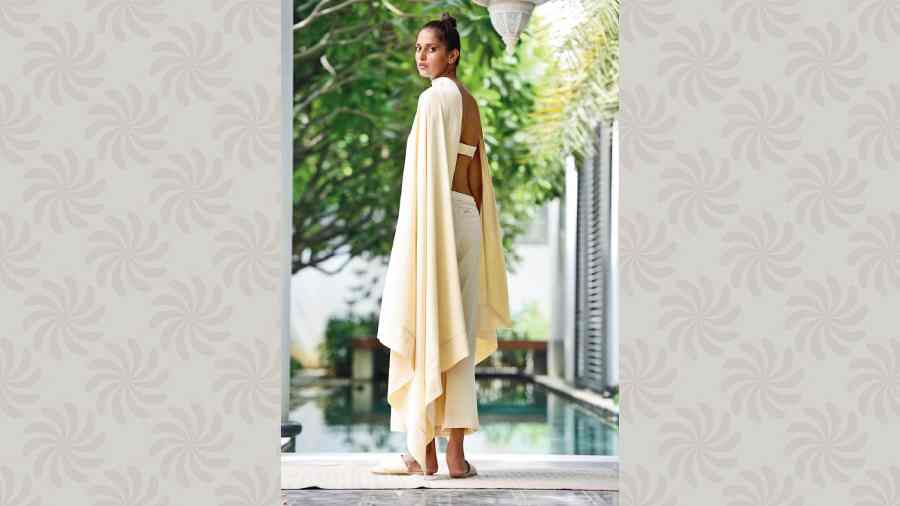
Lecoanet Hemant, Collection Ayurganic, 2019. Picture: Dhruv Kakoti
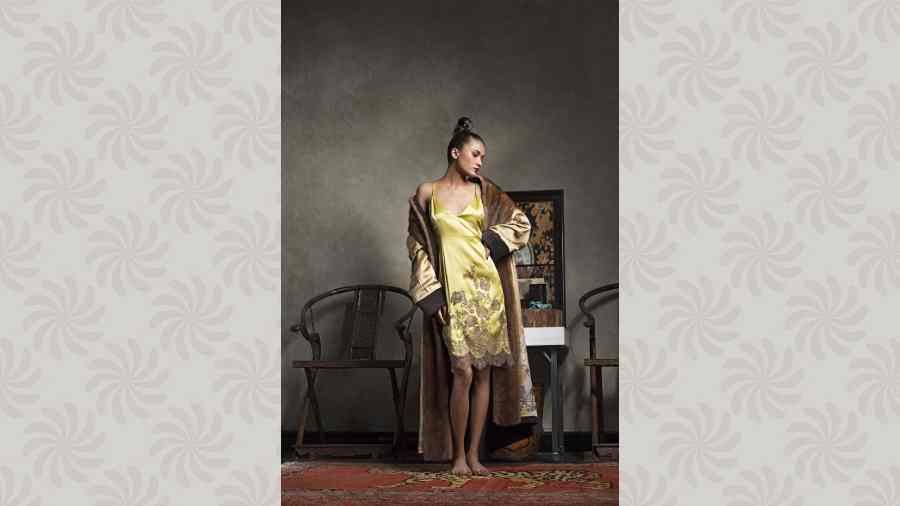
Lecoanet Hemant, Manteau en vison. Picture: Dhruv Kakoti
Was coming back to India a conscious decision? In hindsight, do you think it was a good business decision?
Yes, it was but we were much too young to understand what it really meant. As the fashion landscape changed, it marked a new dawn in the brand’s trajectory. Lecoanet Hemant moved the business metaphorically, from couture to ready-to-wear, and also physically, from Paris to New Delhi. This saw the conception of Genes and Ayurganic.
You have seen the evolution of Indian fashion like few others. Do you like what you see now?
Indian fashion is largely dominated by tradition and while that has led to a flourishing bridal clothing industry, it has also resulted in an unfortunate typecast. The talent here is diverse, with people from different backgrounds bringing distinct perspectives to the conversation. It is heartening to see many such voices come forward.
The exhibition at Calais presents a selection of objects created by such Indian designers, made from Ramie — a locally grown, organic, ant-bacterial fibre which is a member of the nettle family and a far more sustainable alternative to other fibres in the market. In collaboration with the government of Meghalaya, the project will also provide a source of income to the many plantation farmers of the region. The unique geographical position of Meghalaya ensures abundant natural water supply through rainfall, ensuring there is no carbon footprint from its agriculture at all.
Tell us about the book too!
In collaboration with esteemed author Sylvie Marot, the soon-to-be-launched book is the first monograph dedicated to Lecoanet Hemant, celebrating 40 years of the couture house. It elucidates the two-part journey that takes place first in Paris and then in Delhi through a series of photographs, sketches, testimonies and quotations.
If you were to describe the journey, how would you describe it in a word?
Transformative.
After close to four decades, which aspect of fashion gives you the greatest joy?
The gift of collaboration. It is an absolute pleasure to work with the team that we do and even collaborate with other creatives. When Genes joined hands with SilaiWali — a social enterprise that upcycles waste fabrics to create handcrafted products by refugees — it introduced us to progressive possibilities.
Cover picture: Lecoanet Hemant, Robe en mousseline
Picture: Ashish Arora

